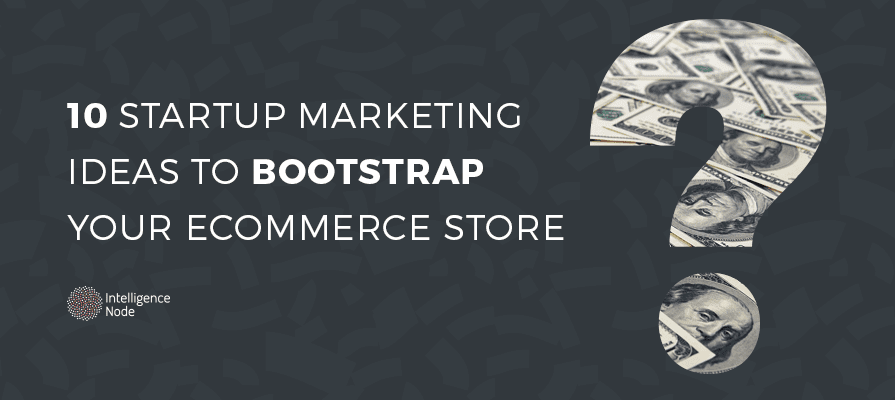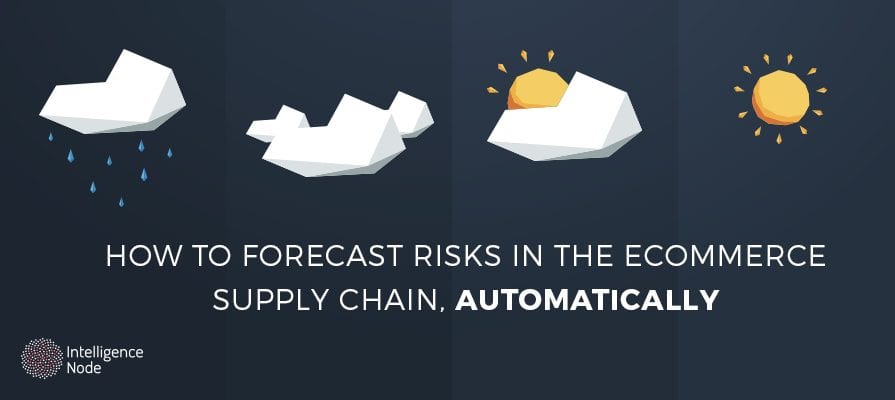Anyone who’s been in the retail business knows how important capitalizing on the shopping wave during the back to school, or BTS season is. Depending upon which expert you ask, this potential boom in sales is the second or the third biggest during a calendar year.
And while things have been different since COVID disrupted normally in 2020, the back to school 2021 is poised to make a comeback with schools reopening and both parents and students eagerly preparing for in-classroom experience after a year long slumber. Retailers are preparing for what could be the biggest back to school shopping season in 5 years with Delloitte LLP forecast suggesting a 16% growth over 2020 numbers and with the spending expected to reach $32.5 billion.
Parents are preparing for the back to school 2021 in advance, anticipating heavy demand and supply chain issues later in the season. Online shopping is anticipated to continue gaining momentum and will be largely driven by higher income groups while the lower income families will prefer making in-store purchases according to a recent KPMG survey. Retail categories that are expected to see the highest demand are footwear (21%) followed by school supplies (16%) and apparel (14%).
As consumer shopping patterns continue to change during this year, retailers will have to rethink their back to school and back to college strategies and focus on an omnichannel approach to reel in consumers from both online and in-store channels.
Let’s delve deeper into seasonal retailer and e-tailer techniques for riding the back to school 2021 wave, and what exactly BTS and BTC mean for retailers.
Understanding the Significance of Back-to-School Shopping
The BTS season is a little different from the boost in sales during ‘normal’ holiday seasons. In a nutshell, it’s longer than these other ‘boosted sales’ periods.
Parents may begin their research on products, prices, and promotional offers — usually online — as early as July. They compare the collected data and make their decisions by the month of August, making the purchase around the same period. Last-minute frazzled trips are usually done and dusted by September. This means that retailers have a longer window of potential sales compared to other big sales days, such as Black Friday.
Products that receive a boost during the back to school shopping window include office and school supplies, apparel, electronics, and books. This long list of products, and the relatively longer sales window, make strategies a little more complicated during the BTS season.
A Need to Align the Online & Brick-And-Mortar Store Strategies
Although the BTS season usually sees parents flocking to the brick-and-mortar stores for most of the school and college supplies, it’s no surprise that the back-to-school 2021 is going to see some different trends. As per KPMG’s predictions, in-store shopping is forecasted to reduce from 66% (pre-pandemic) to 57% this year while online shopping is anticipated to grow to 44% as compared to 34% pre-pandemic.
To ride this change, retailers need to have a unified, integrated inventory management system in place. This will enable them to keep a stock of all their inventory and also make it available for consumers through online stores. Consumers can then choose to either shop for back to school supplies online or research products online and then visit their nearest stores to purchase the identified products.
Tailoring Your Strategies Accordingly
Since we’ve already discussed the massive potential of this back to school season, let’s take a look at marketing — and merchandising strategies designed to help retailers and brands achieve optimal returns.
First, you’ll need to understand that customers are primarily concerned with who offers the best deals. As a retailer, your first priority would be to think along those lines and come up with a strategy that helps you put your brand right there. Even Apple — not a brand known for offering sales — caves in during the BTS season, offering discounted ‘student’ and ‘education’ prices.
Clothing giants such as Urban Outfitters and H&M target children from middle school through college age with carefully planned ads. Take a closer look at textile e-tailer websites, and you’ll probably see smiling school and college kids, with huge blurbs advertising discounts up to 70%.
You will also have to ensure that while offering the best prices, your brands are ranking on online searches, as consumers are always likely to click on brands that are displayed first while searching for products online. You can do so by integrating your product SERP (Search Engine Results Page) data and optimizing their product pages for higher SERP ranking.
Having visibility into your competitors’ pricing and merchandising tactics and altering your strategies accordingly is a great way to stay ahead of the game. Build marketing strategies around the BTS shoppers, and you’ll see your sales numbers rise.
eCommerce-Specific Strategies, Techniques, and Ideas
With so many consumers spending so much of their time online and avoiding trips to stores in the wake of the pandemic, the retail industry today has grown to depend on big data, competitive insights, price comparisons, and online transactions.
With the sudden increased dependence on online shopping, retailers and brands need to curate unified marketing strategies across both the online and in-store modes of shopping. Retailers can use this opportunity to integrate inventory across channels and push out in-store inventory through online channels.
If you haven’t done so already, it’s time to embrace social media platforms like Facebook, Instagram, Pinterest, and Twitter. In fact, with Instagram shopping catching on, retailers need to up their brand game to attract the younger demographic for this BTS season through Instagram while also exploring other social platforms like Facebook.
Seeing as 41% of college-goers base their buying decisions on smartphone-based research, M-commerce is another concept that needs to be embraced in order to ride the back to college wave.
Wherever your potential customers spend their smartphone browsing time is where your brand needs to be front and center. To attract Generation Z, the focus needs to be on creating immersive experiences and interactive content. Personalizing offers for students and offering freebies and discount deals like Buy One Get One Free (BOGO) offers are some other ways of enticing the younger school and college-going demographic to buy from your websites and stay loyal to your brand.
Intelligence Node’s retail analytics software and data-driven insights can help you build strategies based on big data and competitor trends.
Final Thoughts on Back to School 2021
As schools reopen and kids welcome in-classroom education as opposed to Zoom classes, the 2021 season is expected to make up for the shopping slack, especially in the apparel and footwear segment. With parents desperate to send their children off to school, they are willing to spend extra dollars in preparation for the new school year, a trend that is getting brands and retailers excited.
By embracing concepts like new social media platforms, data-driven insights, omnichannel approach, strong delivery and supply chain, and a strategy tailored to buyer trends, retailers and brands will be able to capitalize on the buying trends of parents and students and win big this back to school season.





